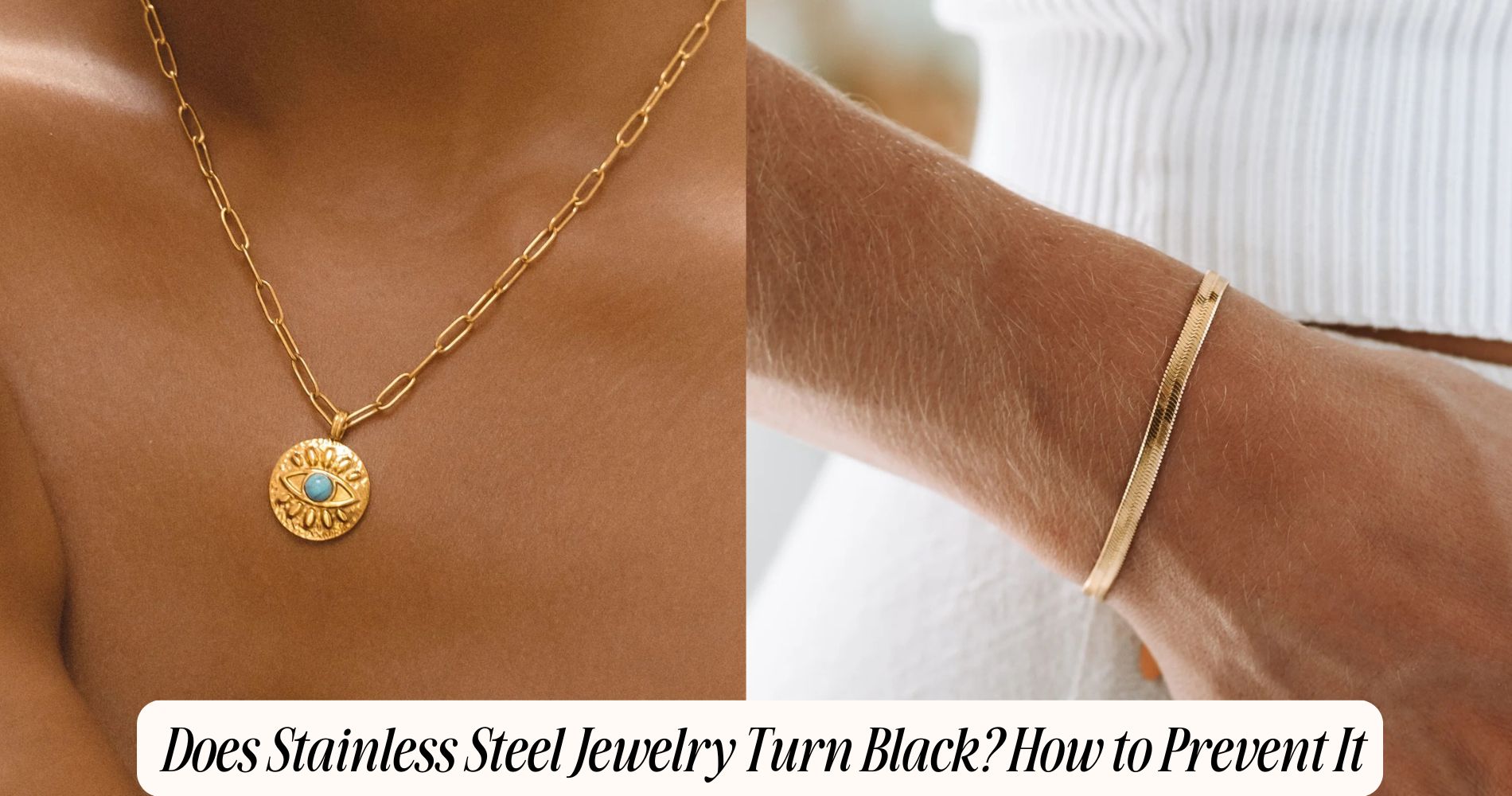
Does Stainless Steel Jewelry Turn Black? How to Prevent It
Many people wonder, does stainless steel jewelry turn black? The answer is yes—this can happen if the protective chromium oxide layer gets damaged, allowing oxidation to darken the metal. This usually occurs after exposure to harsh chemicals, sweat, or abrasive surfaces. To prevent this, always remove your stainless steel jewelry before swimming, clean it gently with a soft cloth, and avoid contact with lotions or perfumes. Storing each piece separately in dry, airtight containers also helps. Next, you'll learn more about these protective steps and effective cleaning strategies.
What Makes Stainless Steel Jewelry Popular
Stainless steel jewelry stands out for its remarkable durability, resistance to tarnish, and hypoallergenic properties, making it a preferred choice for both fashion and everyday wear. When you choose stainless steel, you’re selecting a material known for its impressive material durability. It resists scratches and corrosion, holding up well even with daily use.
This resilience ensures your pieces maintain their original appearance longer compared to other metals, aligning with ongoing fashion trends that value longevity and low maintenance. Additionally, stainless steel’s sleek, modern look fits seamlessly with various styles, making it highly versatile.
You won’t have to worry about frequent replacements or repairs, which makes these accessories both practical and trend-conscious. Ultimately, stainless steel’s enduring appeal lies in its strength and adaptability.
Understanding Stainless Steel: Composition and Properties
While many associate this metal with its signature luster, you’ll find that stainless steel is actually an alloy composed primarily of iron, chromium, and often nickel.
The alloy composition is what sets stainless steel apart from regular steel. By adding at least 10.5% chromium, you enhance its corrosion resistance dramatically.
Chromium reacts with oxygen to form a thin, stable oxide layer that shields the underlying metal from moisture, chemicals, and air. This protective barrier is self-healing, so if it gets scratched, it reforms to maintain protection.
Nickel, when present, improves both corrosion resistance and the metal’s overall durability.
Understanding this unique combination of elements helps you appreciate why stainless steel jewelry resists tarnish, maintains its appearance, and endures daily wear remarkably well.
Why Stainless Steel Jewelry Might Turn Black
Despite its impressive resistance to tarnish and corrosion, stainless steel jewelry can still develop black discoloration under certain conditions. You might notice this when the protective chromium oxide layer on the steel’s surface is compromised.
If this layer is breached, the underlying metal becomes vulnerable to the oxidation process. This process involves the reaction of oxygen with iron or other elements in the alloy, sometimes resulting in black oxide compounds.
Additionally, chemical reactions can occur if your jewelry is exposed to harsh substances, such as strong acids or chlorides, which degrade the protective coating.
While stainless steel is engineered to withstand most environments, no material is completely immune. Understanding these underlying mechanisms helps you recognize why even high-quality stainless steel jewelry might eventually turn black.
Common Causes of Discoloration in Stainless Steel Accessories
Although stainless steel is known for its durability, several specific factors can cause your jewelry to develop unsightly black discoloration. One common cause is oxidation issues, especially when the protective chromium oxide layer is compromised.
If your jewelry is exposed to harsh environments—such as chlorinated water, saltwater, or strong cleaning agents—chemical reactions can occur, breaking down this protective barrier. Frequent contact with sweat, lotions, or perfumes also introduces chemicals that accelerate tarnishing.
Additionally, low-quality stainless steel alloys may contain higher amounts of iron or other metals, making them more susceptible to corrosion and discoloration. Even daily wear can introduce micro-abrasions, allowing moisture and contaminants to penetrate the surface.
These combined factors make stainless steel vulnerable to blackening over time if not properly maintained.
How to Prevent Your Stainless Steel Jewelry From Turning Black
Proper care and mindful habits considerably reduce the risk of your stainless steel jewelry turning black. To prevent discoloration, avoid exposing your jewelry to harsh chemicals, such as chlorine, strong detergents, or cosmetics, which can compromise the alloy’s integrity.
Implementing effective polishing techniques is essential; use a non-abrasive polishing cloth to gently remove surface residues and maintain the protective oxide layer, which shields against tarnish.
Always handle your jewelry with clean, dry hands to minimize the transfer of oils or contaminants.
Invest in ideal storage solutions by keeping your pieces in a dry, airtight container or a dedicated jewelry box lined with soft fabric.
Segregate items to prevent scratches or contact reactions with other metals, further safeguarding your stainless steel jewelry against blackening.
Cleaning and Maintenance Tips for Lasting Shine
To keep your stainless steel jewelry looking its best, incorporate regular cleaning and targeted maintenance into your routine. Start by gently washing your pieces with mild soap and warm water, using a soft cloth or brush to remove residues.
For polishing techniques, use a microfiber or jewelry polishing cloth to restore shine without scratching the surface. Avoid abrasive cleaners or pads, as they can damage the finish.
After cleaning, make sure each piece is thoroughly dried to prevent water spots or mineral buildup.
Effective storage solutions are essential—store your jewelry in a dry, cool place, ideally inside individual pouches or a lined jewelry box to minimize exposure to air and humidity. These steps help maintain the luster and prevent your stainless steel from turning black over time.
When to Seek Professional Help for Discolored Jewelry
Even with diligent cleaning and careful storage, stainless steel jewelry can sometimes develop persistent discoloration or blackening that home remedies can't resolve. If you notice deep, stubborn stains or surface changes that resist your usual cleaning methods, it's time to contemplate a professional assessment.
Jewelers have specialized tools and cleaning agents designed for effective jewelry restoration without risking further damage to the stainless steel. They can identify underlying causes such as embedded debris, chemical reactions, or manufacturing flaws that may not be apparent to you.
Seeking professional help ensures that restoration is thorough and safe, preserving both the appearance and structural integrity of your piece. Don’t wait if your jewelry’s discoloration worsens—professional intervention can often restore its original shine and prevent long-term deterioration.
Frequently Asked Questions
Is Stainless Steel Jewelry Hypoallergenic for Sensitive Skin?
If you have sensitive skin, you'll appreciate stainless steel jewelry's hypoallergenic properties. It resists corrosion and rarely causes skin irritation, since it typically contains minimal nickel, making it a safe, reliable choice for most people prone to allergies.
Can Stainless Steel Jewelry Be Resized or Repaired Easily?
You’ll find stainless steel jewelry hard to resize due to its strength, but jewelers use laser soldering or cutting as resizing methods. For repairs, specialized repair techniques like welding or polishing are required, ensuring durability and precision.
Does Stainless Steel Jewelry Contain Nickel?
You'll often find stainless steel jewelry contains some nickel content, which can pose an allergy risk if you're sensitive. Manufacturers use nickel for durability, but hypoallergenic grades like 316L stainless steel minimize allergic reactions due to lower nickel release.
How Does Stainless Steel Compare to Silver or Gold Jewelry?
When you compare stainless steel to silver or gold jewelry, you'll notice stainless steel resists metal tarnishing better and offers greater color stability. You won't need to polish it as frequently, ensuring lasting appearance and minimal maintenance.
Is Stainless Steel Jewelry Safe to Wear in Swimming Pools?
You can wear stainless steel jewelry in swimming pools due to its chemical resistance and excellent pool safety. However, prolonged exposure to chlorine may eventually cause surface dulling, so rinse your jewelry thoroughly after swimming for ideal longevity.
Conclusion
Stainless steel jewelry is durable and resistant to tarnish, but it’s not completely immune to turning black. Factors like harsh chemicals, moisture, and improper storage can cause discoloration. By understanding the material’s properties and following proper cleaning and maintenance routines, you’ll keep your pieces looking their best. Don’t ignore persistent discoloration—seek professional advice when needed. With the right care, your stainless steel jewelry will maintain its shine and integrity for years to come.







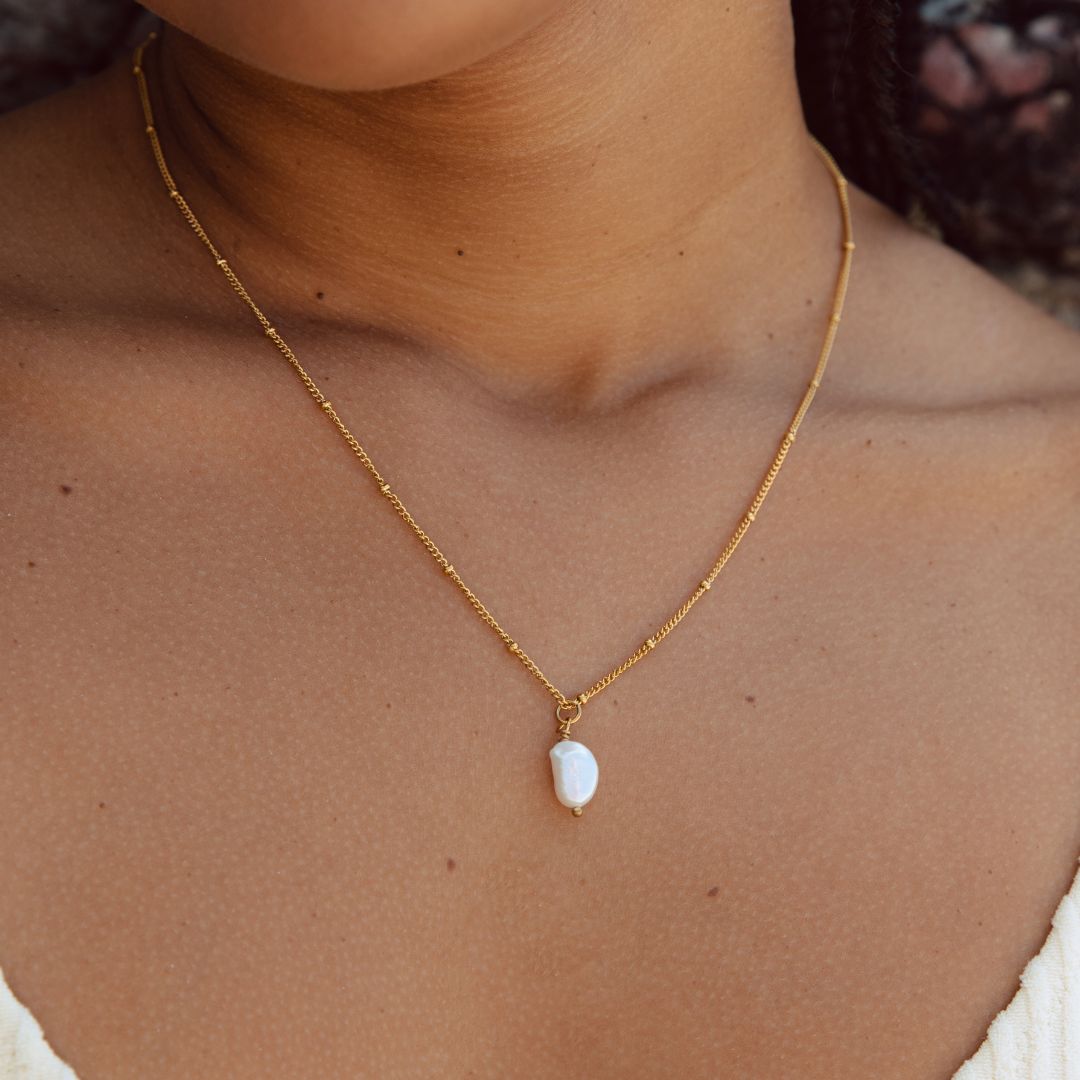

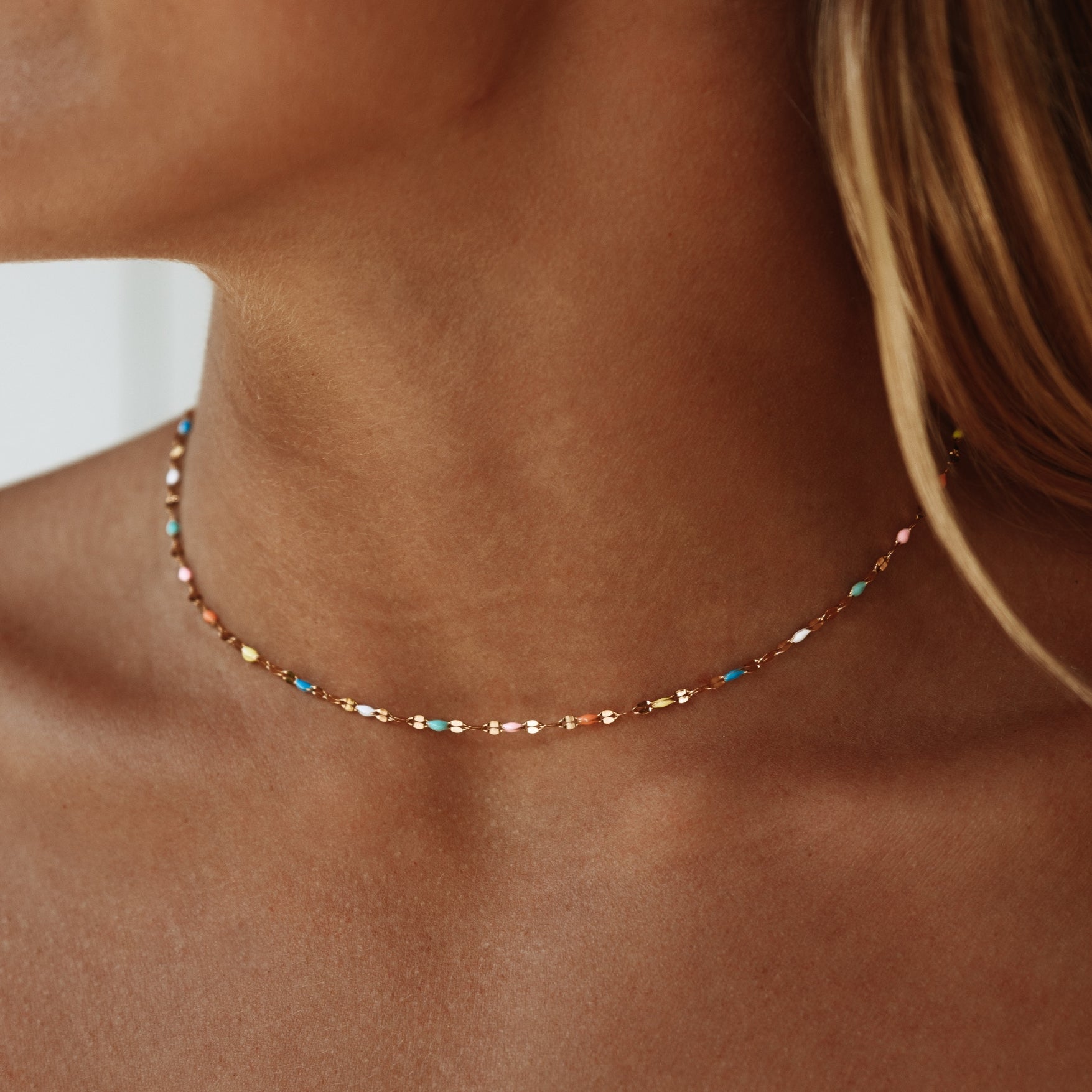


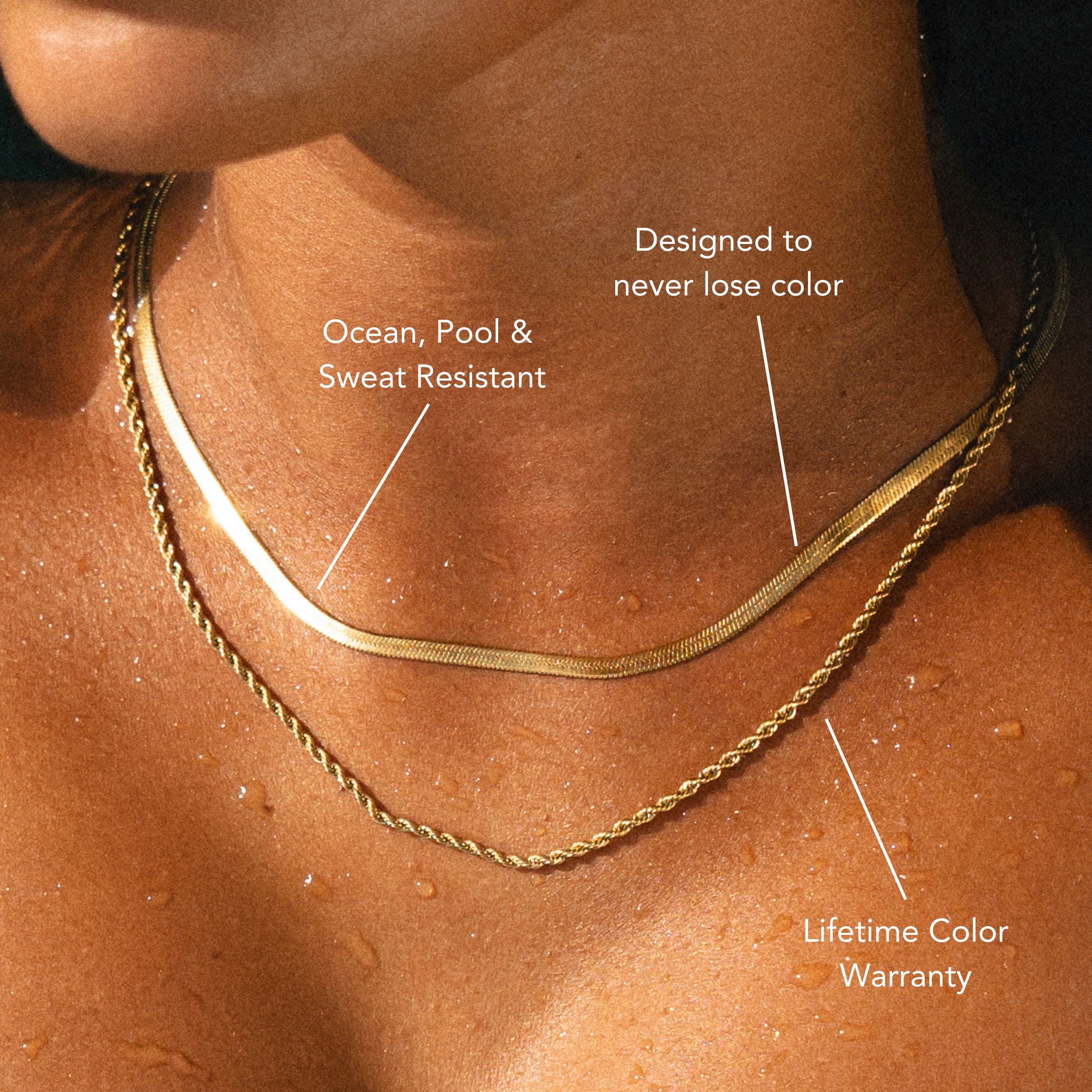
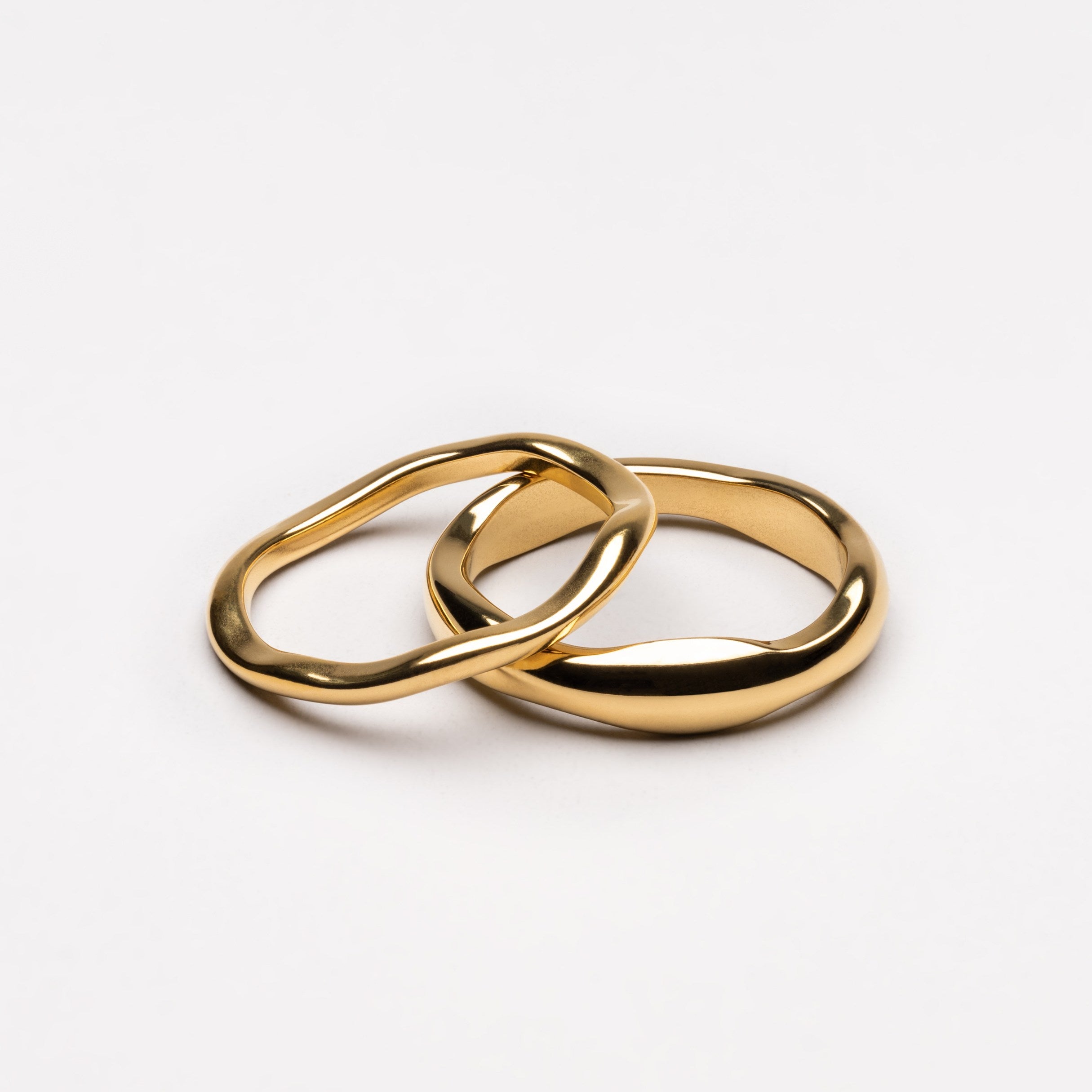


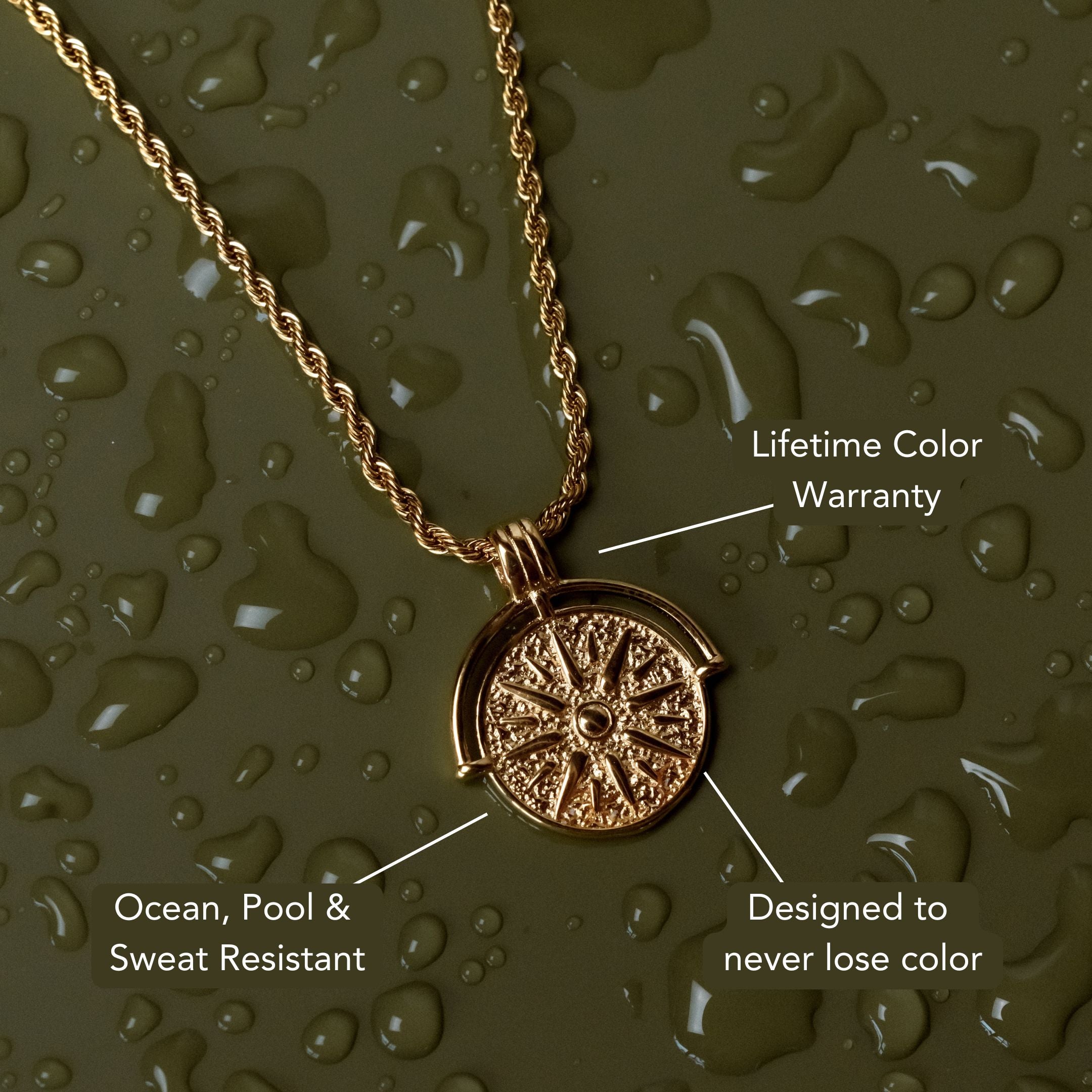






コメントを書く
このサイトはhCaptchaによって保護されており、hCaptchaプライバシーポリシーおよび利用規約が適用されます。